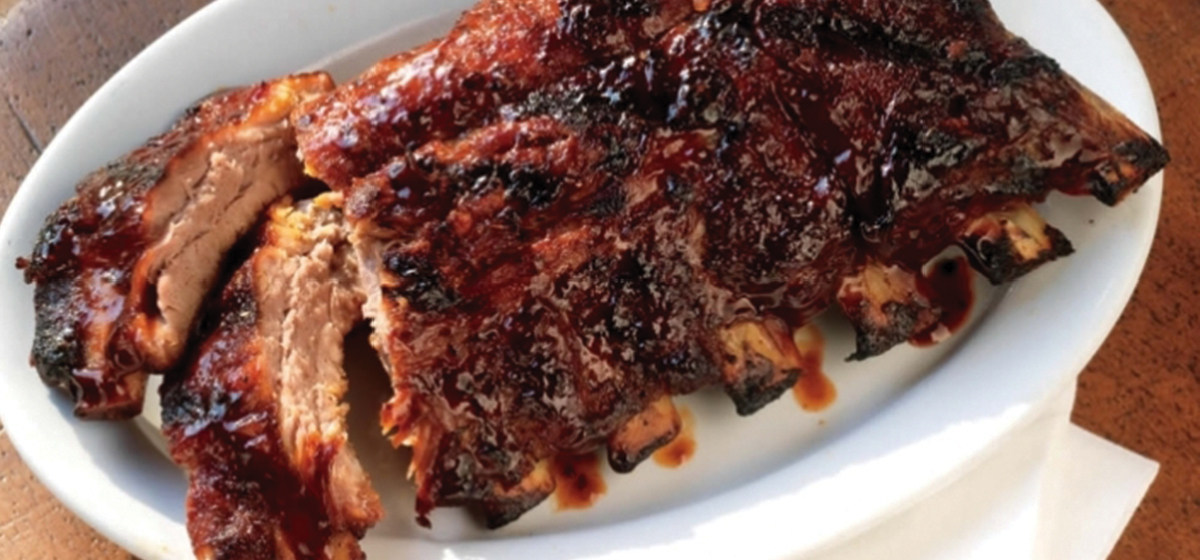There is no easy way to get to Guadalupe Mountains National Park but, once there, visitors are often astounded by its majestic beauty. The mountains rise up from the Chihuahuan Desert to heights of over 8,000 feet, yet people often remark that the park is “hidden in plain sight.” And just 40 miles away, Carlsbad Caverns National Park, hidden beneath the surface of the earth, is often visited because of its otherworldly allure.
Guadalupe Mountains National Park is one of the most isolated national parks in the country. It boasts the highest peak in Texas (8,749 feet), 80 miles of hiking trails, and a rugged beauty; more than half the park’s 135 square miles is federally-protected wilderness. The park is also the home of El Capitan, an 8,000-foot, sheer-faced limestone reef. Like the prow of a giant ship, it appears suddenly at the southern end of the Guadalupe Mountains; its distinctive appearance provided a noteworthy landmark for early settlers. In comparison to more widely-known parks (such as Yellowstone and Rocky Mountain National Parks, with more than 3 million annual visitors each), Guadalupe Mountains National Park may be one of the best-kept secrets in the country, with only about 150,000 annual visitors.
Perhaps the park is often overlooked because of its remoteness. Located approximately 110 miles east of El Paso (about halfway between Van Horn, Texas and Carlsbad, New Mexico), it’s a long way from major population centers. That, however, can be a good thing. Those who have made the extra effort to visit Guadalupe Mountains National Park have kept the hiking trails remarkably free of litter. The park’s isolation does dictate that travelers must bring everything they need with them. Cell service is spotty, and there are no gas stations or convenience stores for miles around.
Another oddity is there is virtually no lodging (other than camping) within a 55-mile radius of the park. Visitors have two options: Carlsbad, 55 miles north; or Van Horn, 65 miles south. Many park visitors choose Carlsbad, the larger city. Van Horn, however, does not share a name with a world-famous cavern, so hotel rates there are drastically lower. On the downside, there are limited dining options there.
The area’s remoteness is stunning. When my husband Charlie and I turn off I-10 at Van Horn, we drive for miles without ever encountering another vehicle. Once at the park, we get oriented. Displays at the visitor center boast that Guadalupe Mountains National Park showcases the most extensive and exposed marine fossil reef on earth. We also learn that mule deer, bobcats, coyotes, gray foxes, rattlesnakes, and mountain lions inhabit the park. We agree to stay on well-traveled trails.
A quick chat with National Park Ranger Aaron Stover provides valuable information. The park has hikes as short as a quarter-mile, he explains, including some that are wheelchair-accessible. Others vary in difficulty and take up to a day to complete. Backpackers are limited only by the amount of water they can carry. Two of the most popular hikes, the Guadalupe Peak Trail and the McKittrick Canyon Trail, he says, are representative of the park.
The first day, we tackle the Guadalupe Peak Trail, which leads to the highest point in Texas. The hike features a 3,000-foot change in elevation, is a round trip of well over eight miles, and generally takes six to eight hours to complete. It is officially described as “strenuous.” (See “The Top of Texas”)
The next day, we hike nearly as far on the profoundly scenic McKittrick Canyon Trail, but without the change in elevation. We follow a creek bed through the canyon and, completely surrounded by mountains towering above us, it’s as if we’re in a bowl. A variety of trees (including maple, oak, walnut and ash) promises an explosion of color in the fall but, during the spring, we see the greens of junipers and pines. The hike’s difficulty is rated “moderate,” and a leisurely nine-mile trek takes us less than five hours. Along the way, we see breathtaking views, a natural rock formation named The Grotto, a rustic hunting cabin constructed in 1924, and a stone cabin built in 1932 by Wallace Pratt, who once said, “McKittrick Canyon is blue sky and towering rock walls; bright water and cool green shade.” We agree.
While Guadalupe Mountains National Park is often overlooked, Carlsbad Caverns National Park (only about 40 miles away) is renowned, and we decide it’s worth a detour to see it before returning home. Guadalupe Mountains National Park never fully disappears in our rear-view mirror, and we can clearly see El Capitan from the parking lot of Carlsbad Caverns. We are reminded that it was an important landmark in earlier days.
With our hiking muscles already warmed up, we bypass the elevators and opt for the Natural Entrance of Carlsbad Cavern, a giant gaping hole in the side of a mountain. Once inside, we begin a hike of 1.2 miles with a 900-foot drop in elevation. We pass the Bat Cave, home by day to an estimated 400,000 Mexican free-tailed bats (Bats reportedly swirl out of the cave in a magnificent evening display, then return at dawn.). As we descend deeper into the cave, we see fascinating cave formations created by countless years of mineral deposits.
We learn the cavern was mined in the early 1900s for its plentiful supply of nitrogen-rich bat guano, a prized citrus fertilizer. One miner, Jim White, braved the precipitous drop past the guano mounds, but had difficulty convincing others that there was a wonderland underneath the desert. Finally, he persuaded a friend who owned a camera to descend into the cave with him. According to historical reports, the photographs created a sensation, and locals began clamoring for tours via ladders, ropes, and huge buckets.
Carlsbad Cavern is an otherworld of vast proportions. It takes about an hour to walk around the perimeter of The Big Room, one of the world’s largest natural limestone chambers. It has more than eight acres of floor space and is filled with an assortment of “decorations,” from tiny stalactites and stalagmites to the monstrous formations in the Hall of Giants. The cavern has been worth the detour.
On our return trip, we agree that driving to the parks has been a good choice. About 15 miles west of Kerrville, the speed limit on I-10 spikes to 80 miles per hour, and the trip takes us about ten hours—not much more than the time required to drive to the airport, clear security, fly to El Paso, rent a car and drive to the park. (Besides, airlines don’t serve Dairy Queen ice cream, which is available at most of the small towns along I-10.) With any mode of travel, it takes some time to visit these remote and “hidden” parks, but we agree it is definitely worth the trip.



